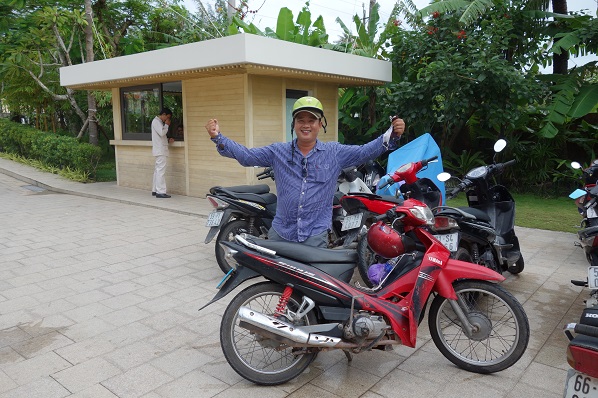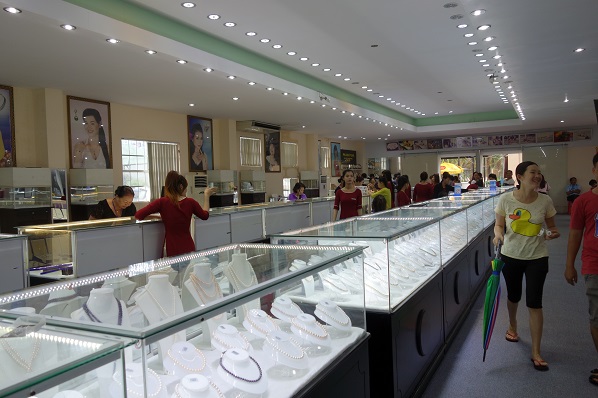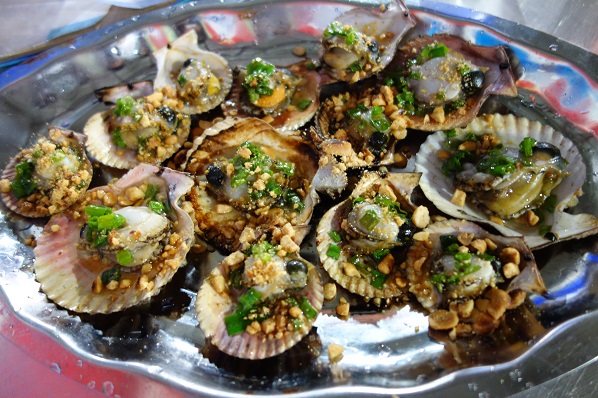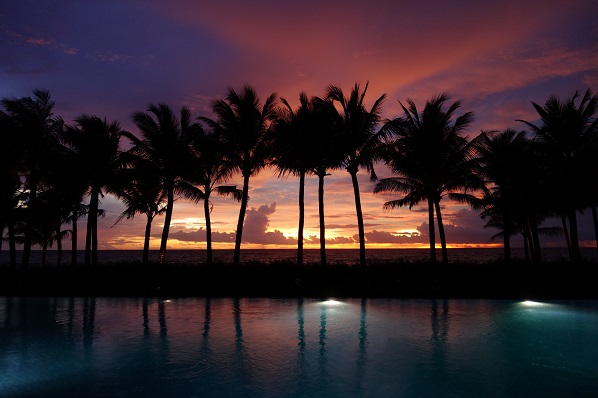Breaking Travel News investigates: Phu Quoc, Vietnam
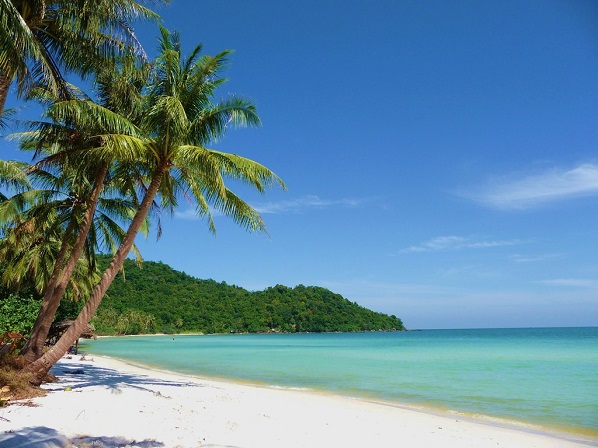
Phu Quoc - known by the Vietnamese as ‘pearl paradise island’ - has built a reputation as a tranquil haven for travellers, its secluded white sandy beaches and lush greenery providing a welcome retreat.
With 150 kilometres of coastline and untouched national park, the island - which is only an hour’s flight from Ho Chi Ming City - always had very strong tourism potential.
Led by the Vietnamese government’s initiative to transform Phu Quoc into the ‘largest tourism centre in the Mekong Delta region,’ the last few years have seen this paradise island become a hotbed of development and investment activity.
The opening of Duong Dong International Airport in 2012 has given Phu Quoc the capacity to deal with some 2.6 million passengers a year, and the island is now firmly ‘on the map.’
Visitor numbers speak for themselves.
In 2006 Phu Quoc had 110,000 tourist arrivals: by 2013, this figure ballooned to 623,000 - an increase of around 500 per cent.
With tourism contributing 66 per cent of the island’s GDP, developing the infrastructure to support and promote the influx of travellers has become of critical importance.
Of course, there is always the concern that the island’s natural charm - the very thing which attracts tourists - may be muted by the overhaul.
I spent three days in Phu Quoc, and was keen to enjoy the beauty of the island up close and personal.
Motorbike is a fantastic way of doing this; you can cover the whole length of the island in a few hours, and explore smaller paths on a whim.
If you’ve ridden a motorbike before (or even if you haven’t), you can hire your own one for a few pounds and go exploring for the day.
If you’re ever in the south of Phu Quoc and in need of a taxi tour guide, I’d recommend opting for ‘Mr Woo,’ an infectiously enthusiastic local with excellent English.
Phu Quoc is famous for producing three traditional products: pearls, pepper, and fish sauce, so our tour began by visiting the sources.
The calm waters around the island make it an ideal place to farm pearls, but beware of rogue marketplace traders suggesting their wares are the real pearly deal - they very likely aren’t.
The Australian farm we visited on the south coast gave a very quick demonstration of how pearls are extracted from the shell, and visitors were then ushered into the large adjoining store, and encouraged to pursue the jewellery on offer.
As a tourist with little knowledge of pearls, the experience was a little disappointing - not enough time was spent explaining the process behind pearl farming, or what it means for Phu Quoc as an island.
Instead, it was clear the main focus was on getting visitors into the shop, which seems a missed opportunity.
The more visitors can learn about the farming process, they more interested they’d be in buying the end product, perhaps.
For visitors less inclined to shop, Sao Bao beach on the southernmost tip of the island provides an excellent base for water activities like speed boating and snorkelling.
Prices are a little on the steep side, but then Sao Bao is considered one of the most beautiful beaches on the island.
In prime season, crystal clear turquoise waters lap gently onto the white sand, and beautiful lush green ridges roll along the backdrop.
You could take a boat out onto the water for a few hours, or simply enjoy one of the sun loungers and order a fresh seafood dish from the restaurants behind.
Nightlife on Phu Quoc is still developing, but Dinh Cau Night Market is lively and delicious source of local seafood.
You can wave to your chosen lobster through the tank, and a few minutes later he’ll be served steaming fresh onto your plate.
If you want an authentic local joint, try 343 restaurant, a ten minute walk from the night market.
There’s no pandering to tourists here - although they do translate their menu into English - but the food is cheap, fresh, and delicious.
The grilled scallops were the best I’ve ever had - each one a plump, sweet, meaty mouthful which left you craving the next.
For seafood lovers, eating out in Phu Quoc is a dream.
I was lucky enough to be staying at the Salinda Resort during my time on the island, a stunning five star hotel located on the beautiful Long Beach.
From the moment I arrived in the resort, the staff’s impeccable service ensured my stay was a luxurious one.
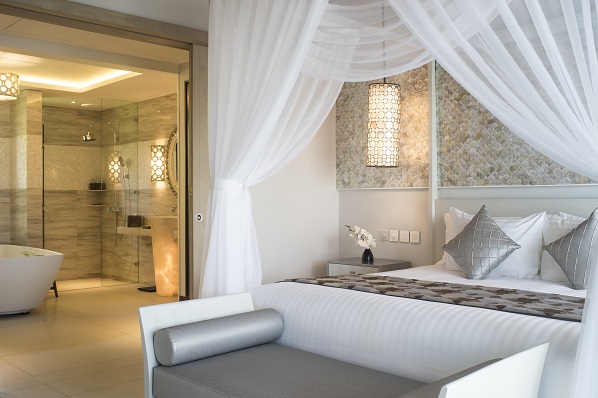
A stay at Salinda Resort is a wonderful indulgence, whether you’re there for just a night or a fortnight.
A huge amount of thought has gone into the design of both the grounds and the accommodation, and the attention to even the smallest detail is very evident in the furnishing.
Staying here was a real pleasure, and you can see why it’s such a popular choice for those on a honeymoon - it’s serene, tranquil, and you can’t help but leave rejuvenated.
I stayed in a Sea View Villa, which provided one of the most beautiful morning views I’ve ever seen.
As you peel back the curtains, you glimpse the Gulf of Thailand through a fringe of sloping palm trees, and you can hear the rhythmic crashing of the waves from the Long Beach coastline.
A private balcony provides a perfect spot to watch the sun setting behind the palm trees in the evenings, creating a stunning silhouette.
Sea View Villas start from a rate of $332 per night in low season, rising to $608 in high season.
If you have the chance, treat yourself to a spa session at Salinda, where they provide treatments which emphasise pampering the five senses of taste, touch, smell, sound, and sight.
The masseuse deftly worked her magic with an intuitive level of force, and I left the session feeling exquisitely relaxed.
Asked to identify what makes Salinda Resort’s experience such a special one for guests, resort manager Jeevan Thomas offered his thoughts: “Salinda stands for understated luxury, luxury in detailing and our service standards.
“We offer our guests quiet and peaceful holidays without overwhelming them so that they can relax and rejuvenate.
“Our Spa is very unique and under management contract by Guru Spa of Thailand.
“All our therapists are from Thailand and we offer a host of specialty treatments based on the centuries old Thai tradition.”
The Salinda Resort has only been open for just over a year, but already it’s established itself as a leader of the pack within the Phu Quoc luxury accommodation space.
Will it, I wonder, be joined by a number of new five star resorts over the coming years’ development?
Certainly the island’s ambition is there in terms of growth.
Thomas went on to suggest: “Phu Quoc will develop into a smaller version of Singapore in terms of infrastructure.”
And there’s no doubting that the island has aggressive plans in the pipeline.
The island is changing quickly, in a bid to support to heighten the level of tourism which is so critical to its economy.
I hope that in its haste, it doesn’t forget the beautifully tranquil and ‘untouched’ reputation Phu Quoc earned among visitors.
Alice McKeown


